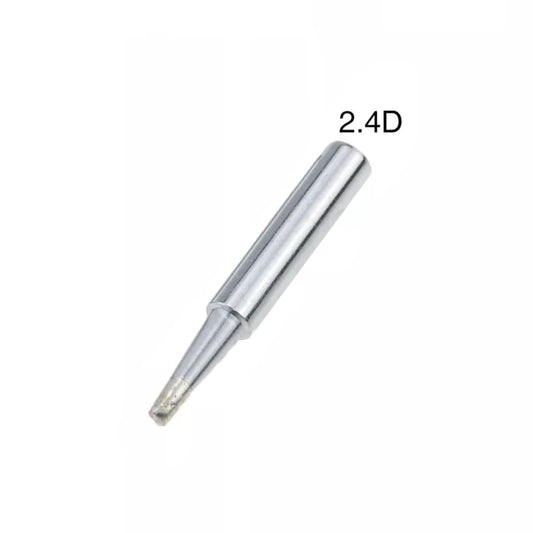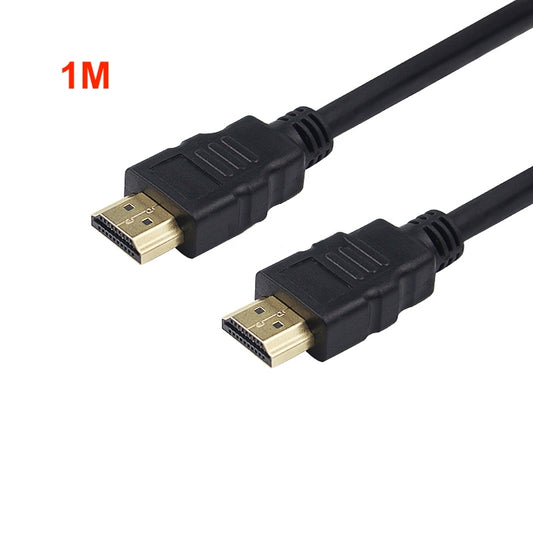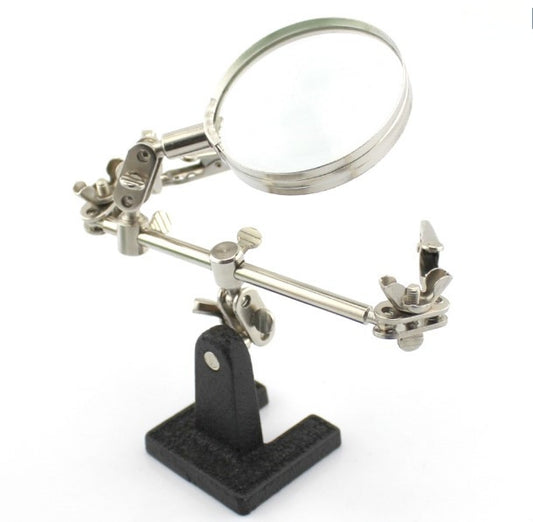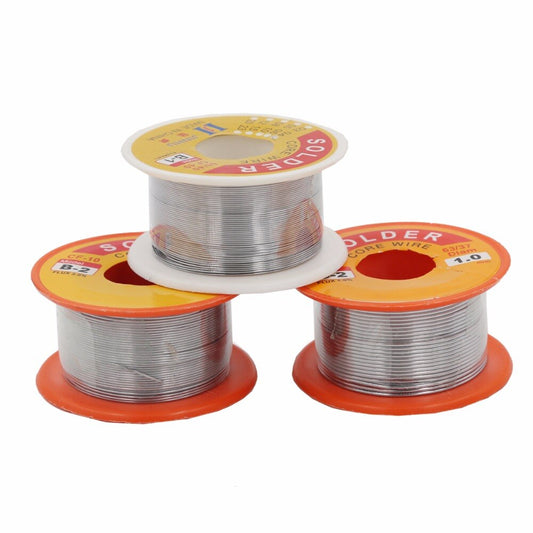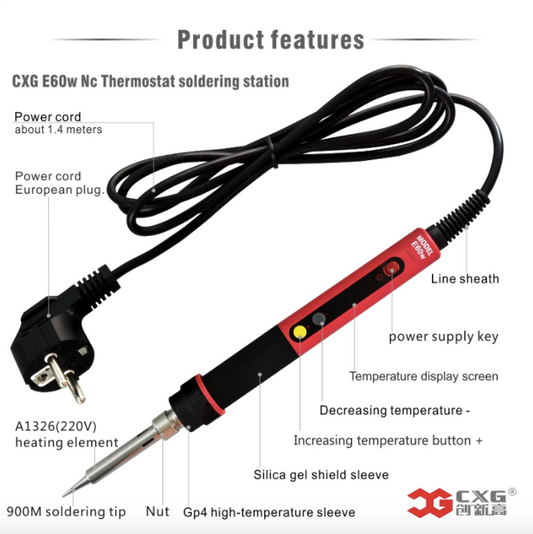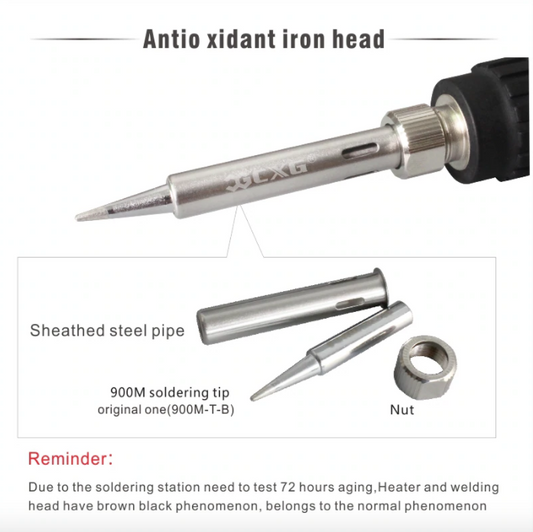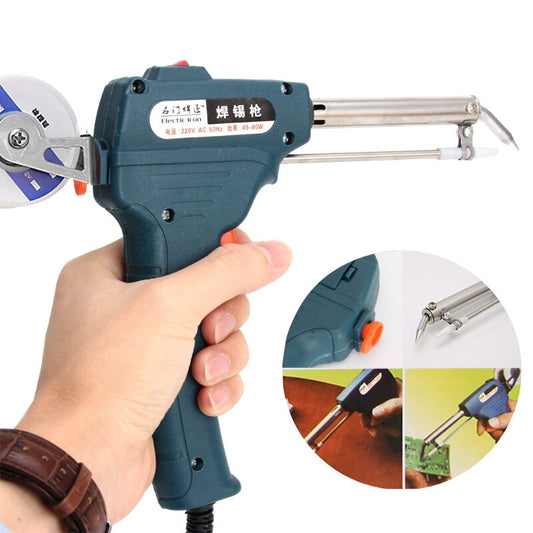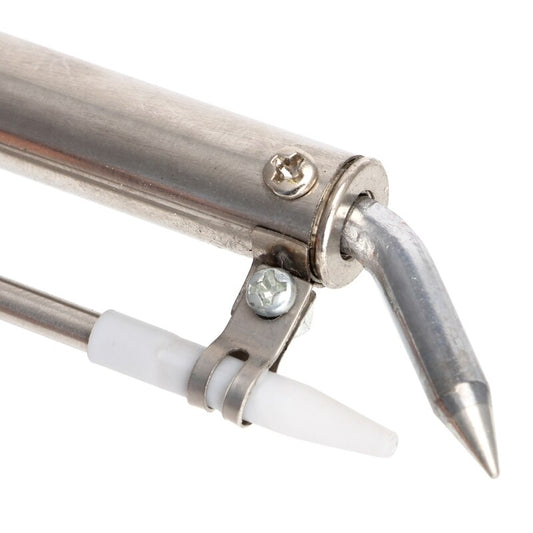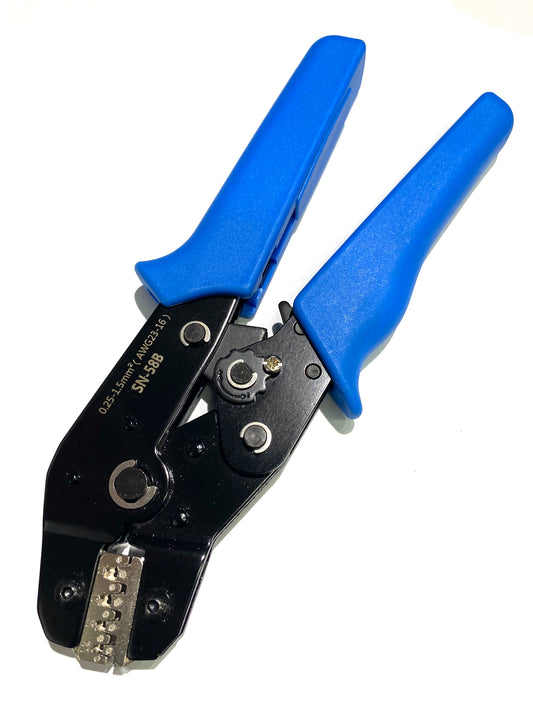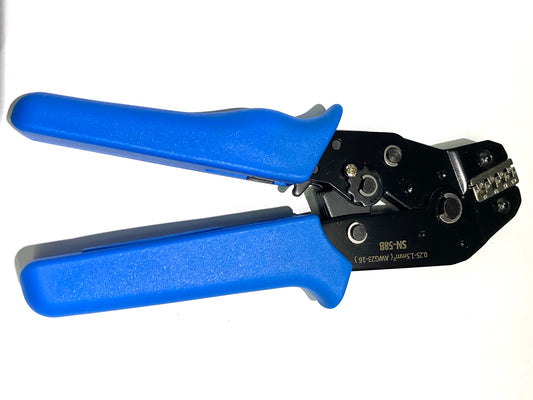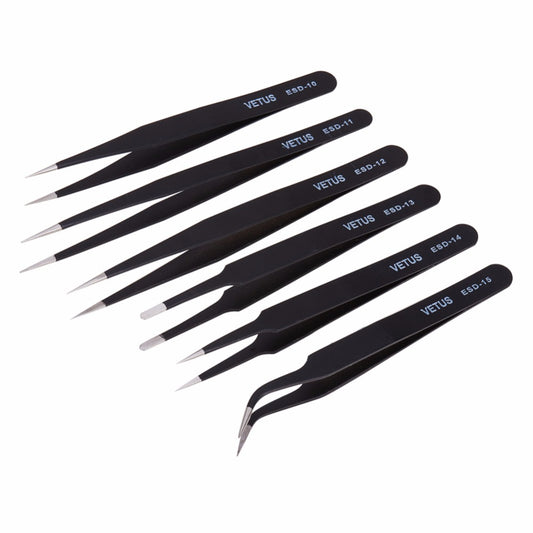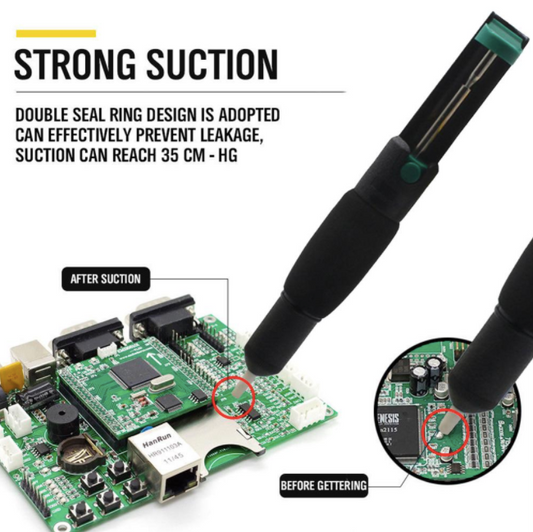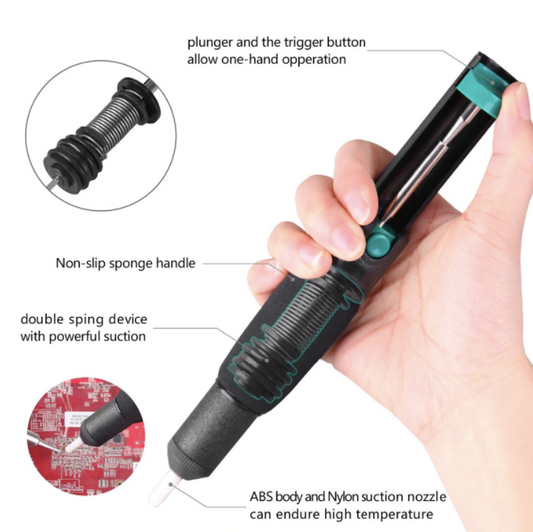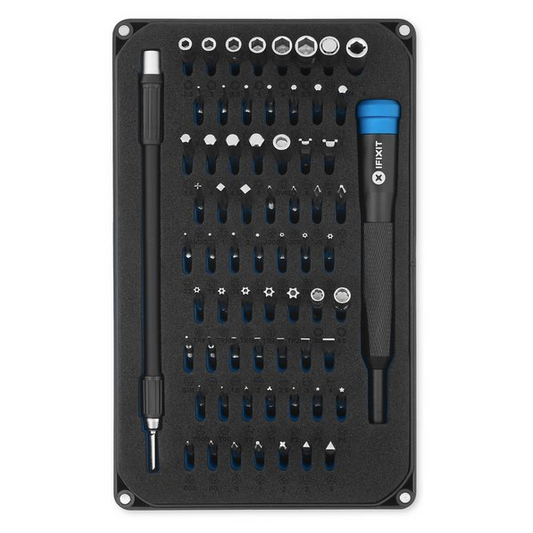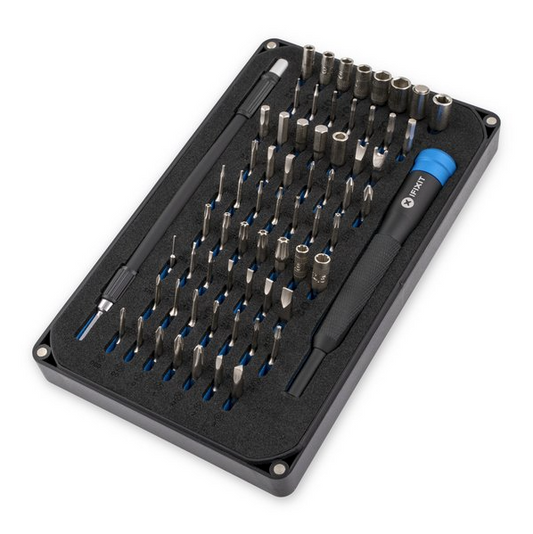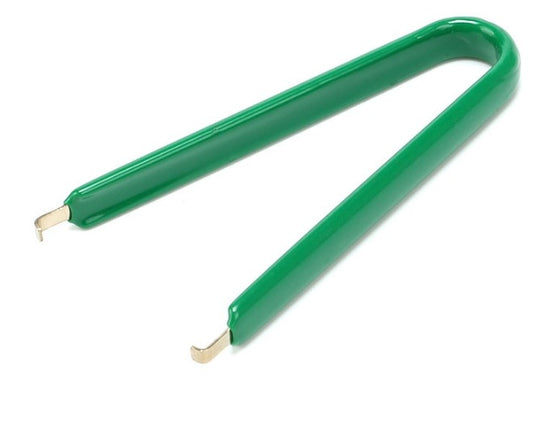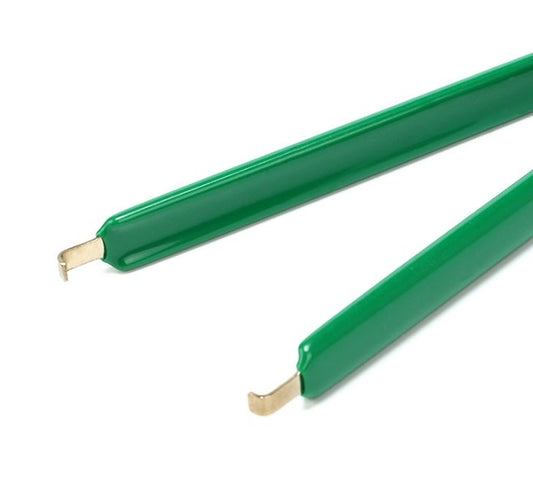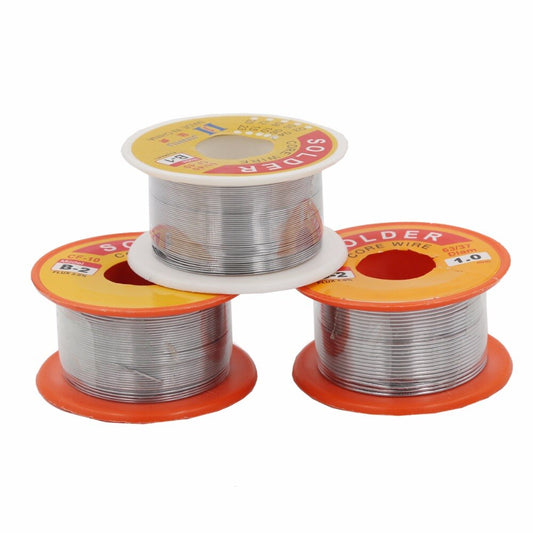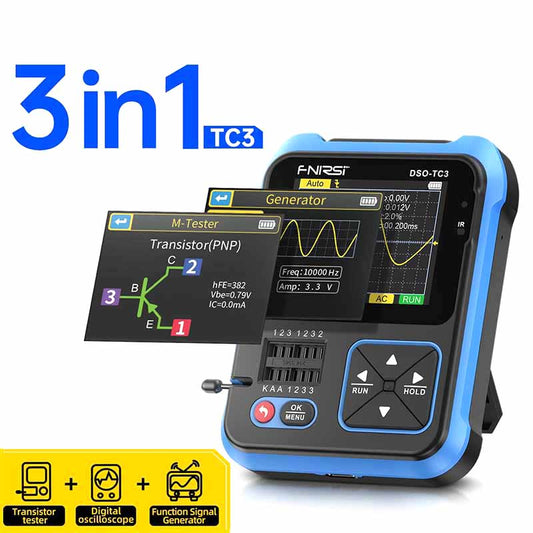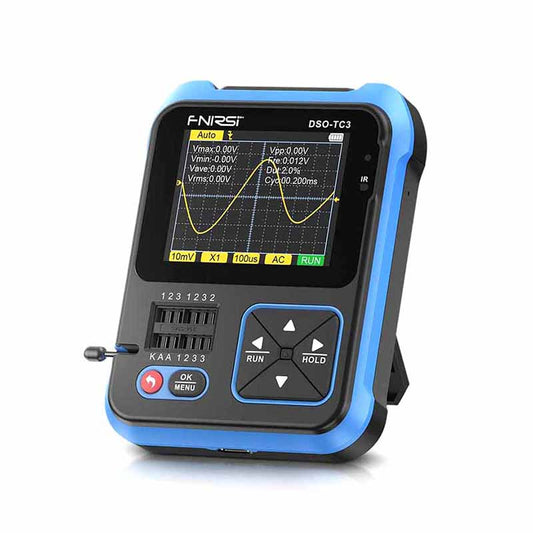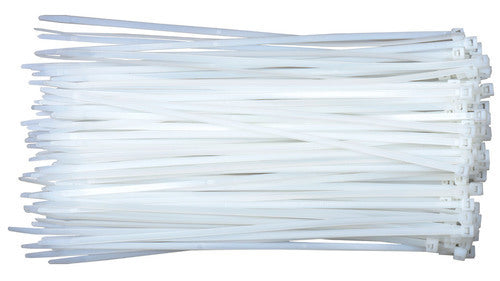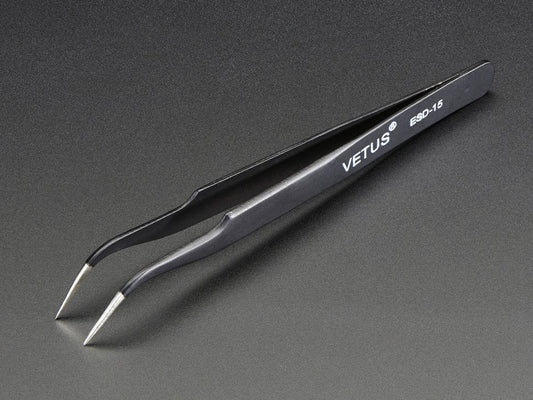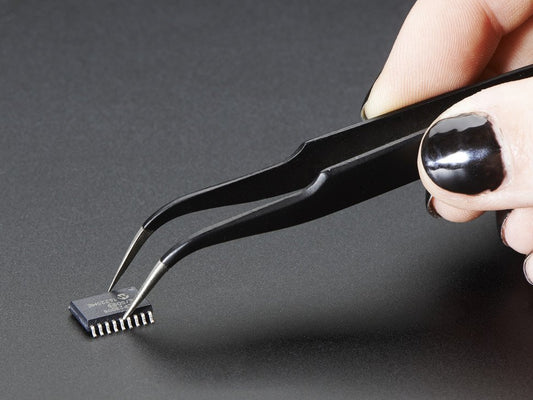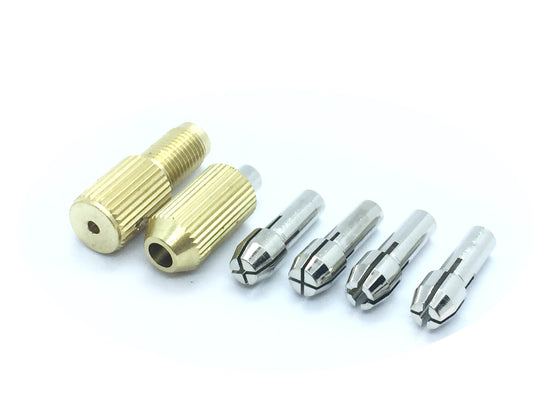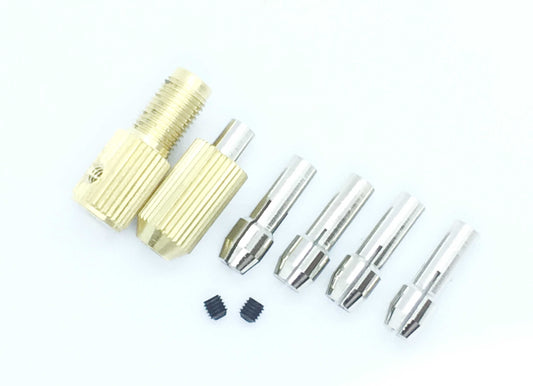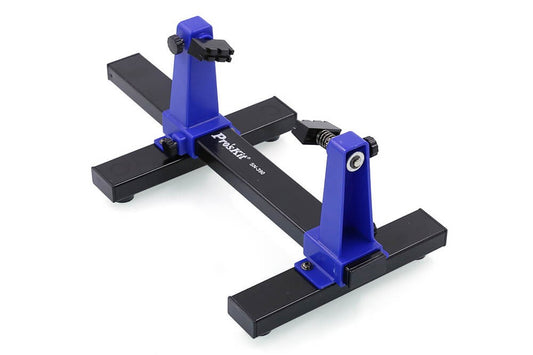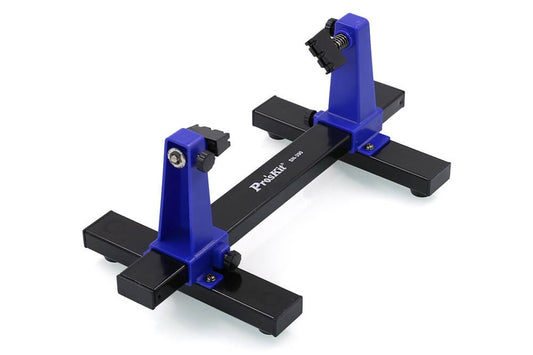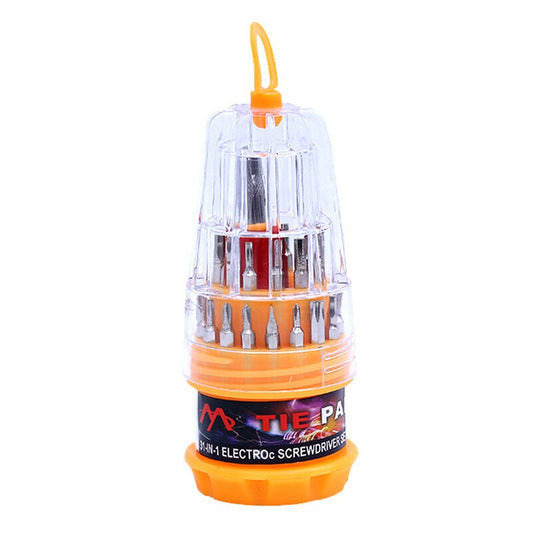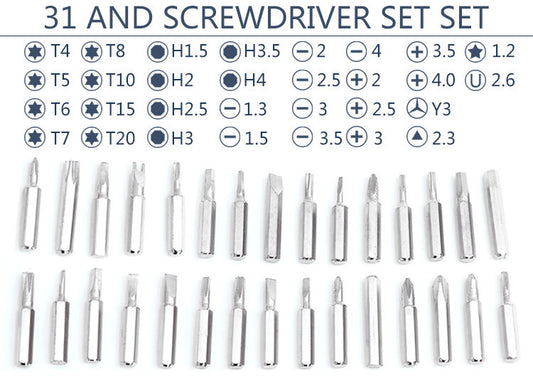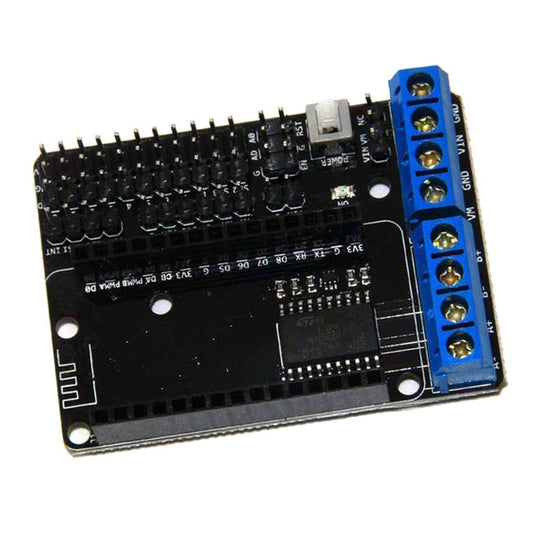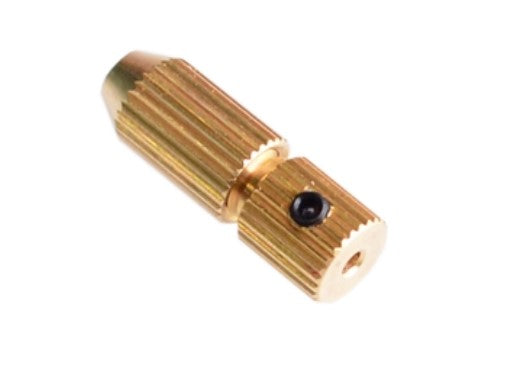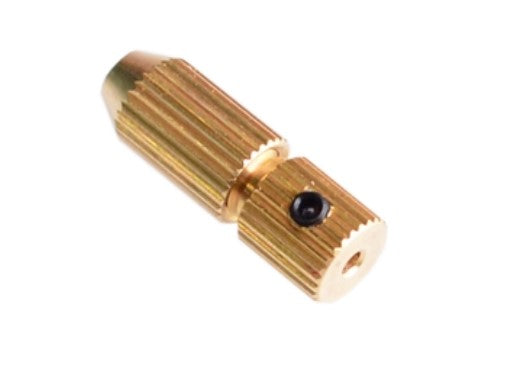Collections
-

Multimeters
Measure with confidence—voltage, current, resistance, continuity, capacitance, frequency, duty cycle, temperature, and...
-
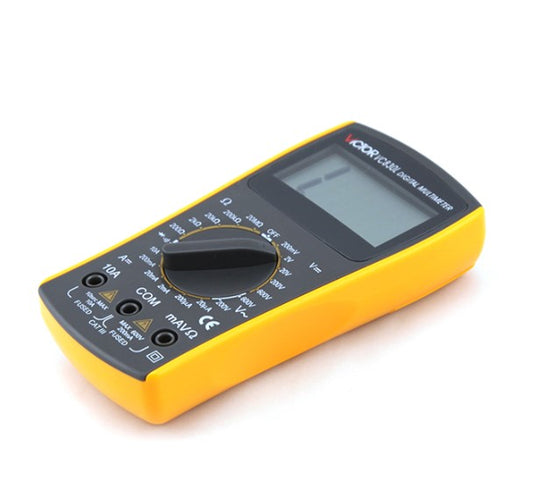
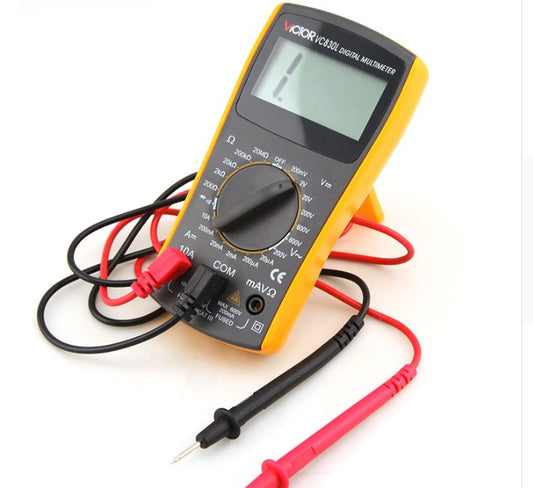 Sold out
Sold outMultimeter Entry Level VICTOR VC830L
Regular price ₱ 455.00Regular priceUnit price per -
Soldering Tip 2.4D for 900 Soldering Iron
Regular price ₱ 49.00Regular priceUnit price per -
HDMI Cable 1Meter Gold Plated Supports 3D 4K video Audio Return Channel
Regular price ₱ 55.00Regular priceUnit price per -
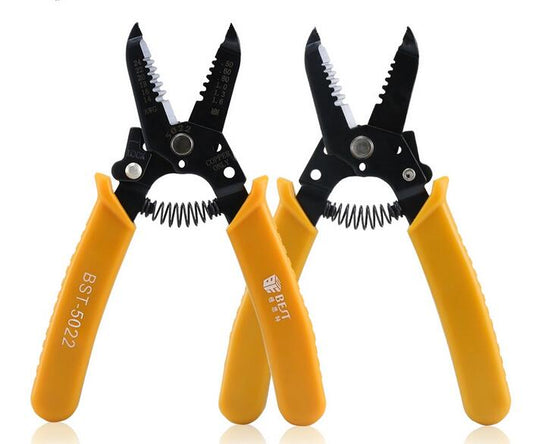
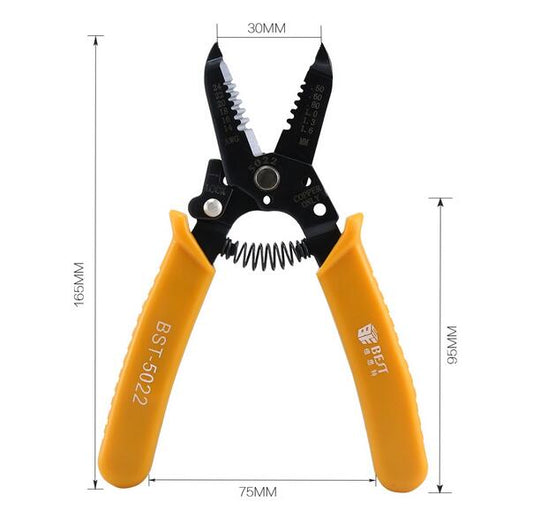
BST-5021 Multifunctional Wire Stripper Cutter Crimper Crimping Plier Tools For Harness Cable
Regular price ₱ 233.00Regular priceUnit price per -
Third Hand with Magnifying Glass Tool
Regular price ₱ 499.00Regular priceUnit price per -
Solder Lead 1mm Diameter 63/37 Soldering
Regular price ₱ 347.00Regular priceUnit price per -
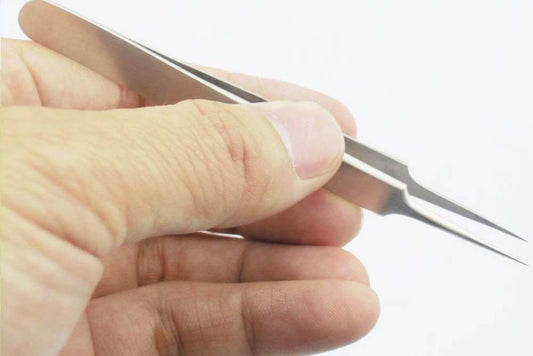 Sold out
Sold out -
Soldering Iron 60W Adjustable Temperature LED Display Thermostatic 80 to 500C
Regular price ₱ 1,055.00Regular priceUnit price per -
Soldering Iron 220V 60W Auto Welding Electric Temperature Solder Tool Kit
Regular price ₱ 395.00Regular priceUnit price per -
Crimping Tool SN-58B 22-16 AWG 0.25-1.5MM
Regular price ₱ 599.00Regular priceUnit price per -
6pcs ESD10-15 Anti-static Tweezers Kit
Regular price ₱ 95.00Regular priceUnit price per -
Solder / Desoldering Pump with Anti-Skid Handle Double Spring Action
Regular price ₱ 114.00Regular priceUnit price per -
iFixit Mako Driver Kit - 64 Precision Bits
Regular price ₱ 2,875.00Regular priceUnit price per -
IC Extractor Puller
Regular price ₱ 65.00Regular priceUnit price per -
Solder Lead 0.4mm Diameter 63/37 Soldering
Regular price ₱ 331.00Regular priceUnit price per -
FNIRSI DSO-TC3 3 in 1 Digital Oscilloscope
Regular price From ₱ 2,637.00Regular priceUnit price per -
Cable Tie Nylon 4 x 200mm 50PCS
Regular price ₱ 49.00Regular priceUnit price per -
Tweezers Fine tip curved ESD safe 120mm
Regular price ₱ 255.00Regular priceUnit price per -
Shaft Drill Chuck Kit with 5 Copper Cores 2mm Aperture
Regular price ₱ 197.00Regular priceUnit price per -
Welding Auxiliary Adjustable Clamp Bracket Clamp Universal Clamp Bench Seat SN-390
Regular price ₱ 595.00Regular priceUnit price per -
31 In 1 Multifunctional Screwdriver Precision Mini Magnetic Manual Screwdriver
Regular price ₱ 57.00Regular priceUnit price per -
ESP-12E ESP8266 WiFi Motor Drive Expansion Board
Regular price ₱ 75.00Regular priceUnit price per -
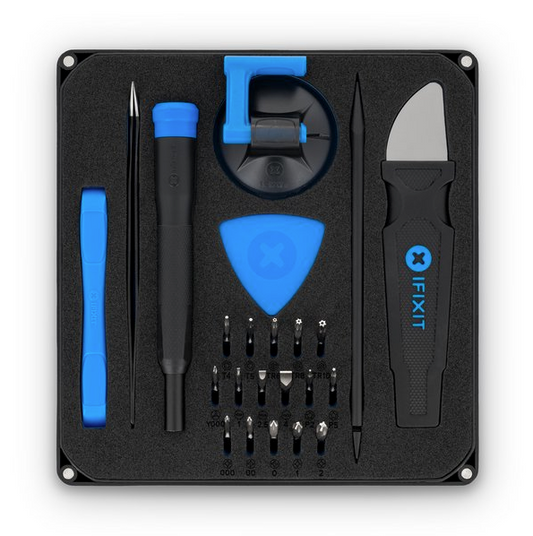
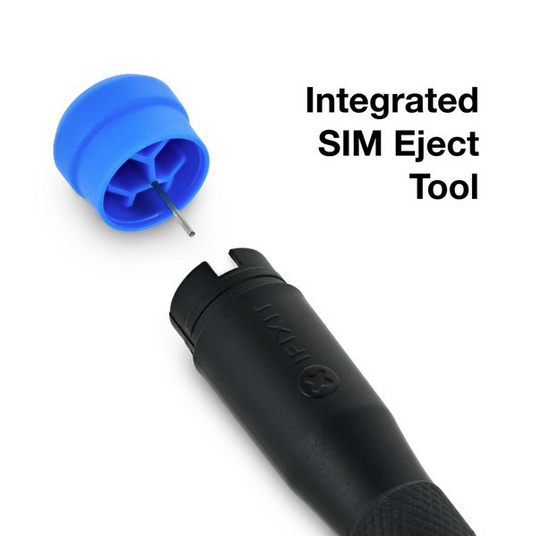 Sold out
Sold outiFixit Essential Electronics Toolkit
Regular price ₱ 2,157.00Regular priceUnit price per -
Drill Chuck Adapter 2.3mm for Motor Shaft 0.7-1.4mm
Regular price ₱ 39.00Regular priceUnit price per








